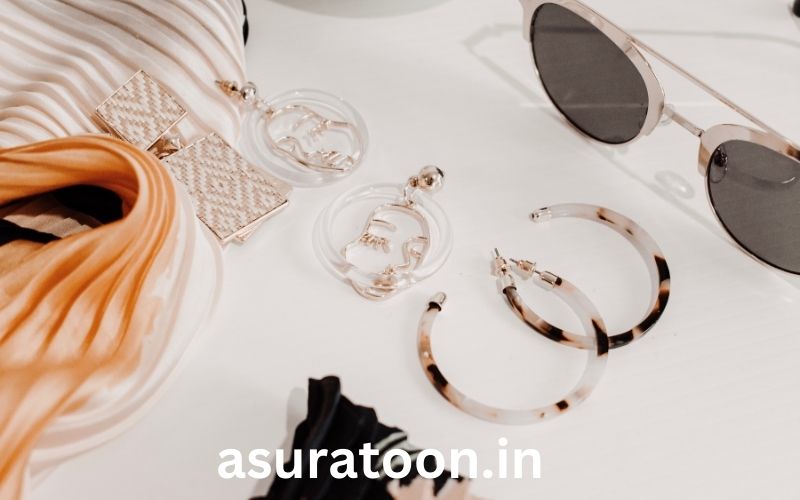Negative canthal tilt refers to a condition where the corners of the eyes (the canthi) are tilted downward. This condition can significantly alter the overall appearance of the face and can lead to various aesthetic concerns. The tilt may affect both the upper and lower eyelids, potentially influencing the way people perceive a person’s facial expression. Although negative tilt is often seen as a cosmetic issue, it may also have medical implications, including strabismus or other eye-related problems.
Key Points After the Introduction:
- Negative canthal can change facial expressions and overall aesthetics.
- It’s a condition that could have both cosmetic and medical implications.
- The tilt can be addressed through both non-surgical and surgical treatments.
What is Negative Canthal Tilt?
Negative canthal is a condition in which the outer corners of the eyes (lateral canthi) point downwards instead of being horizontal or slightly upwards. This causes the eyes to appear more sad, tired, or aged, which can affect how a person is perceived. This tilt can occur due to genetic factors, aging, or certain medical conditions.
The negative canthal tilt can be unilateral (only one eye is affected) or bilateral (both eyes are affected). The degree of tilt varies, and in severe cases, it might lead to vision problems, difficulty closing the eyelids, or other eye-related complications.
Note: Negative canthal tilt is not the same as a downward eye slant caused by drooping eyelids, which may indicate ptosis.
Causes of Negative Canthal Tilt
There are several causes of negative canthal, and they can range from genetic to acquired factors:
- Genetics:
Some people are born with a natural negative canthal tilt. The shape of the eyes, facial bone structure, and eyelid anatomy can all play a role in the development of this condition. - Aging:
As we age, the muscles around the eyes and the surrounding tissues lose strength and elasticity. This can cause the eyelids to droop and the corners of the eyes to tilt downward. - Medical Conditions:
Certain medical conditions, such as congenital ptosis, neurological conditions, or craniofacial disorders, may also contribute to negative canthal. - Injury or Surgery:
Traumas or surgeries near the eye area can alter the normal anatomy, causing the canthal tilt to change.
How Does Negative Canthal Tilt Affect Facial Appearance?
The downward slant of the outer corners of the eyes can make individuals appear older, tired, or even sad. It can impact how others perceive them, particularly in social or professional settings. The condition can also make the eyes look asymmetrical, especially if only one eye is affected.
In some cases, the tilt can affect the function of the eyelids. For instance, individuals with severe negative canthal might find it difficult to fully close their eyelids, which could lead to dryness, irritation, or discomfort in the eyes.
Note: If left untreated, the negative canthal tilt can lead to further complications, such as dry eyes or even visual impairment in extreme cases.
Treatment Options for Negative Canthal Tilt
Treatment for negative canthal tilt typically depends on the severity and underlying cause of the condition. There are both non-surgical and surgical options available:
- Non-Surgical Treatments:
- Botox Injections:
Botox can be used to relax the muscles around the eyes, helping to lift the eyelids slightly and reduce the downward tilt. The results are temporary, lasting for a few months. - Fillers:
Dermal fillers can be injected into the area around the eyes to support and lift the tissues, creating a more balanced and youthful appearance. - Eye Exercises:
In some cases, specific eye exercises may help strengthen the muscles around the eyes and reduce the appearance of negative canthal.
- Botox Injections:
- Surgical Treatments:
- Canthoplasty:
This is a surgical procedure designed to correct the position of the lateral canthi. It involves repositioning the eyelid corners to a more natural, horizontal position. - Blepharoplasty:
Blepharoplasty, or eyelid surgery, can be used to remove excess skin and tighten the eyelids, lifting them and potentially correcting negative canthal tilt.
- Canthoplasty:
Risks and Considerations
Although treatments for negative canthal are effective, they come with certain risks and considerations. For instance, surgical treatments carry the typical risks of surgery, such as infection, scarring, and complications from anesthesia. Non-surgical treatments, such as Botox or fillers, require regular touch-ups to maintain the results.
Individuals considering surgery should consult with a qualified ophthalmic or facial surgeon who specializes in eyelid aesthetics. The procedure should be carefully planned to ensure the desired outcome without causing any damage to the eye area.
| Treatment Option | Duration of Effect | Risk Factors | Best Suited For |
| Botox Injections | 3-6 months | Bruising, temporary side effects | Mild to moderate tilt |
| Dermal Fillers | 6-12 months | Swelling, lumps | Mild cases of tilt |
| Canthoplasty (Surgical) | Permanent | Scarring, infection, anesthesia risks | Severe tilt |
| Blepharoplasty (Surgical) | Permanent | Scarring, risks of vision damage | Advanced aging or trauma |
Conclusion
Negative canthal tilt can have a significant impact on facial aesthetics and overall appearance. While it is often a cosmetic concern, it can also affect eye function and lead to other health issues. Fortunately, there are a variety of treatment options, both non-surgical and surgical, to help correct the condition. If you are considering treatment, it is essential to consult with a qualified professional who can assess your specific case and recommend the best course of action.
FAQ’s
- What Causes Negative Canthal Tilt?
Negative canthal can be caused by genetics, aging, medical conditions, or trauma to the eye area. - How Can Negative Canthal Tilt Be Corrected?
It can be corrected through non-surgical treatments like Botox or fillers, or through surgical options like canthoplasty or blepharoplasty. - Is Negative Canthal Tilt Harmful to Eye Health?
In mild cases, it is usually a cosmetic concern, but in severe cases, it may lead to vision problems or difficulty closing the eyes. - How Long Do Non-Surgical Treatments for Negative Canthal Last?
Non-surgical treatments, like Botox and fillers, typically last for 3-12 months depending on the treatment used.
Is Surgery for Negative Canthal Tilt Safe?
Surgical procedures like canthoplasty and blepharoplasty are generally safe, but they carry risks like any other surgery, including scarring and complications.




